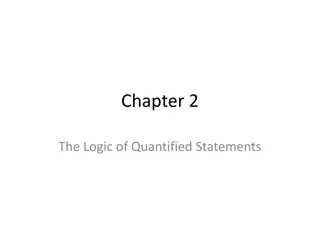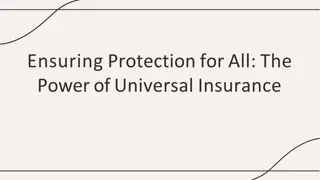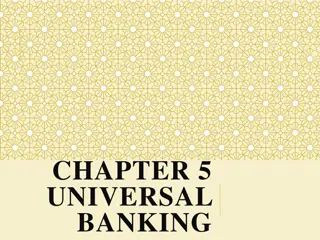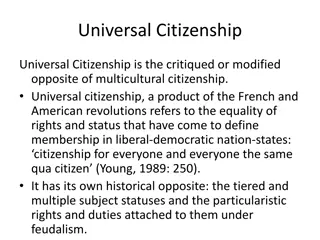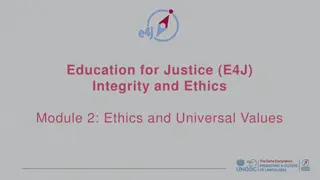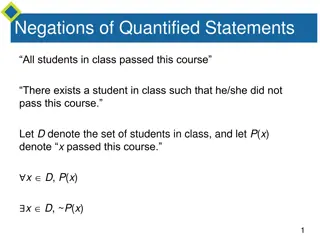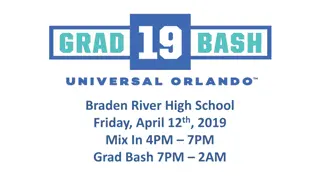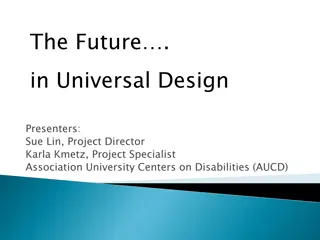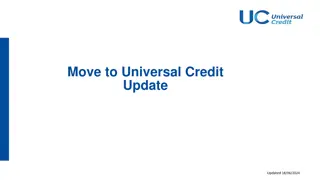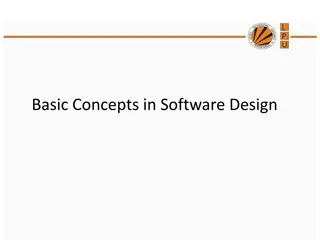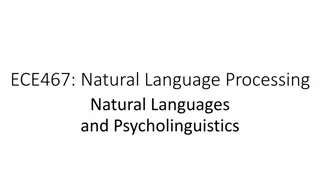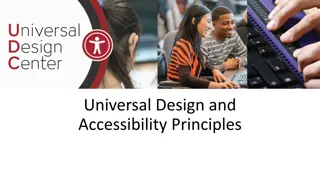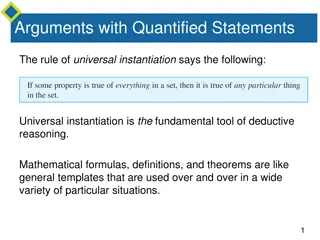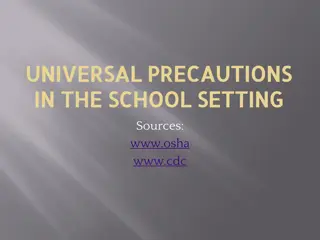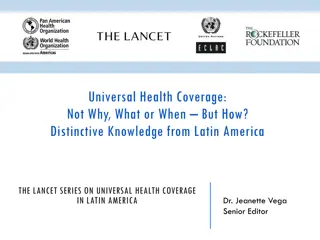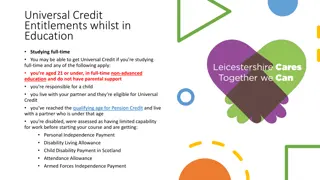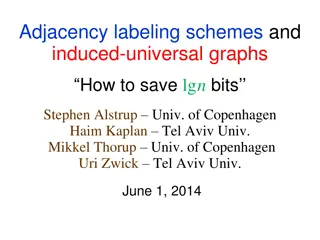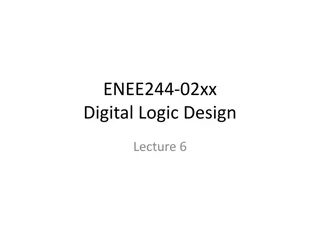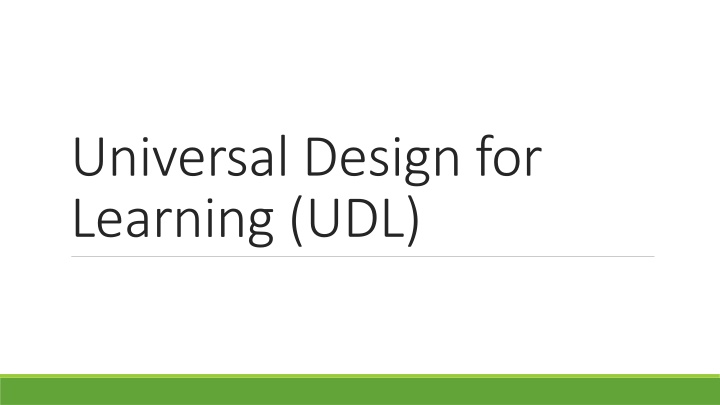
Innovative Insights into Universal Design for Learning (UDL)
Explore the concept of Universal Design and its application to create accessible environments and products for all individuals, enhancing inclusivity and usability. Learn about Universal Design for Learning (UDL) as a framework to support educational practices, reduce barriers, and elevate student achievement. Discover the multiple facets of UDL and how it promotes engagement, representation, and expression in learning.
Download Presentation

Please find below an Image/Link to download the presentation.
The content on the website is provided AS IS for your information and personal use only. It may not be sold, licensed, or shared on other websites without obtaining consent from the author. If you encounter any issues during the download, it is possible that the publisher has removed the file from their server.
You are allowed to download the files provided on this website for personal or commercial use, subject to the condition that they are used lawfully. All files are the property of their respective owners.
The content on the website is provided AS IS for your information and personal use only. It may not be sold, licensed, or shared on other websites without obtaining consent from the author.
E N D
Presentation Transcript
Universal Design for Learning (UDL)
What is Universal Design Universal Design (UD)? Many products or environments are designed for the average user. In contrast, UD is "the design of products and environments to be usable by all people, to the greatest extent possible, without the need for adaptation or specialized design For example, doors with installed sensors that open a door, can be accessible to: A small child, An individual carry a large box, And elderly person, A Person using a walker or wheelchair.
Making a product Making a product or environment or environment accessible to accessible to people with people with disabilities often disabilities often benefits others. benefits others.
What is Universal Design for Learning (UDL)? A scientifically valid framework for guiding educational practice that: (A) provides flexibility in the ways information is presented, in the ways students respond or demonstrate knowledge and skills, and in the ways students are engaged; and (B) reduces barriers in instruction, provides appropriate accommodations, supports, and challenges, and maintains high achievement expectations for all students, including students with disabilities and students who are limited English proficient.
Universal Design of Learning Multi-Media 1. Videos UDL at a Glance Making Sense of Universal Design for Learning 2. Writings 1. Promoting Student Success using Universal Design to Decrease Barriers in Higher Education Wendi J. W. Williams, PhD. / NorthWest Arkansas Community College / Division of Math and Science / wwilliams@nwacc.edu 3. Websites 1. SAGE 2YC Support 2YC Students with Disabilities 2. CAST (www.cast.org), 3. DO-IT (http://www.washington.edu/doit/ ), and 4. WebAim (http://webaim.org/ ).
Three Basic Guidelines of UDL 1. Multiple means of engagement to stimulate motivation and interest (the "why" of learning), 2. Multiple means of representation to present content and information (the "what" of learning), and 3. Multiple means of action and expression to differentiate the ways students demonstrate what they know (the "how" of learning).
Think of an activity that you want to Universally Design Examples include: Homework Assignment Quiz/Exam Participation Assignment Field Study


